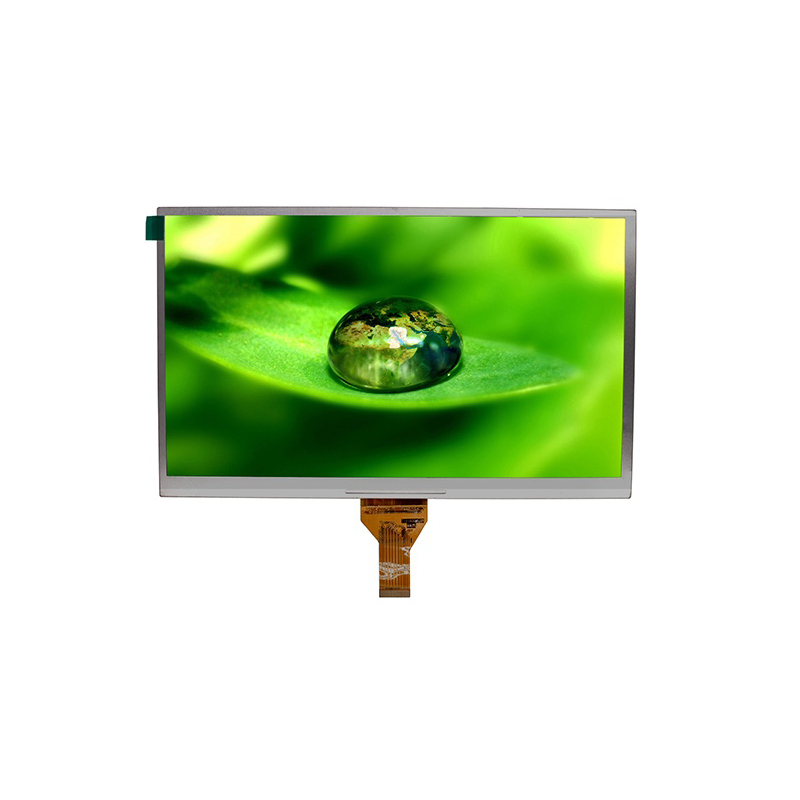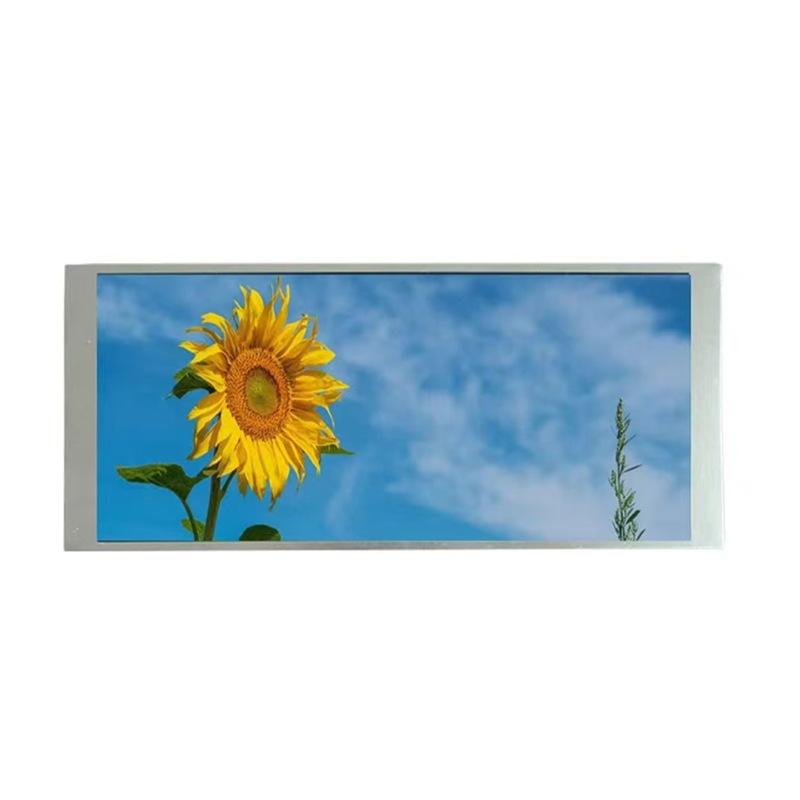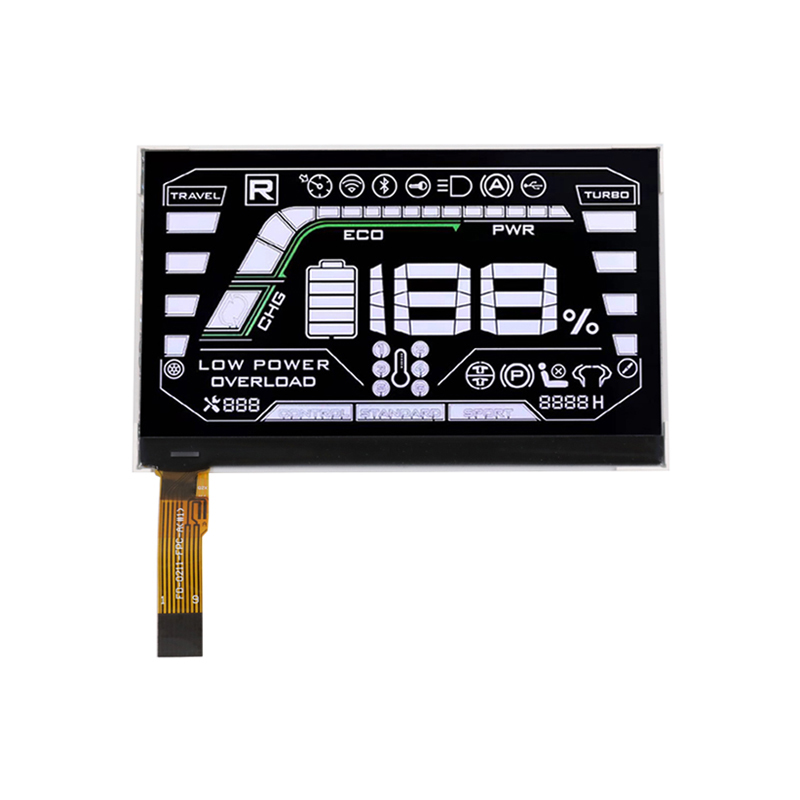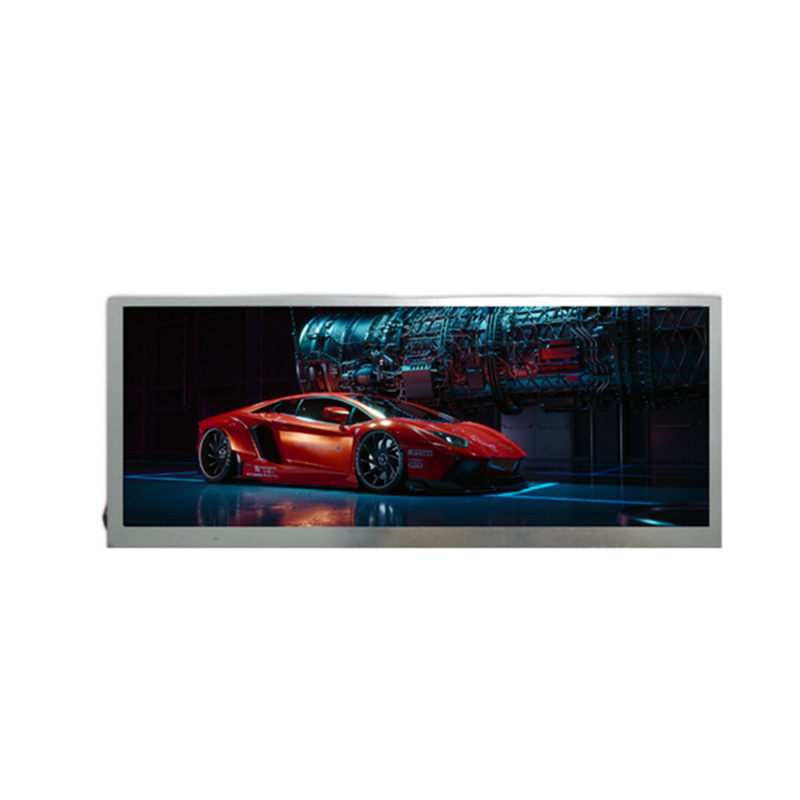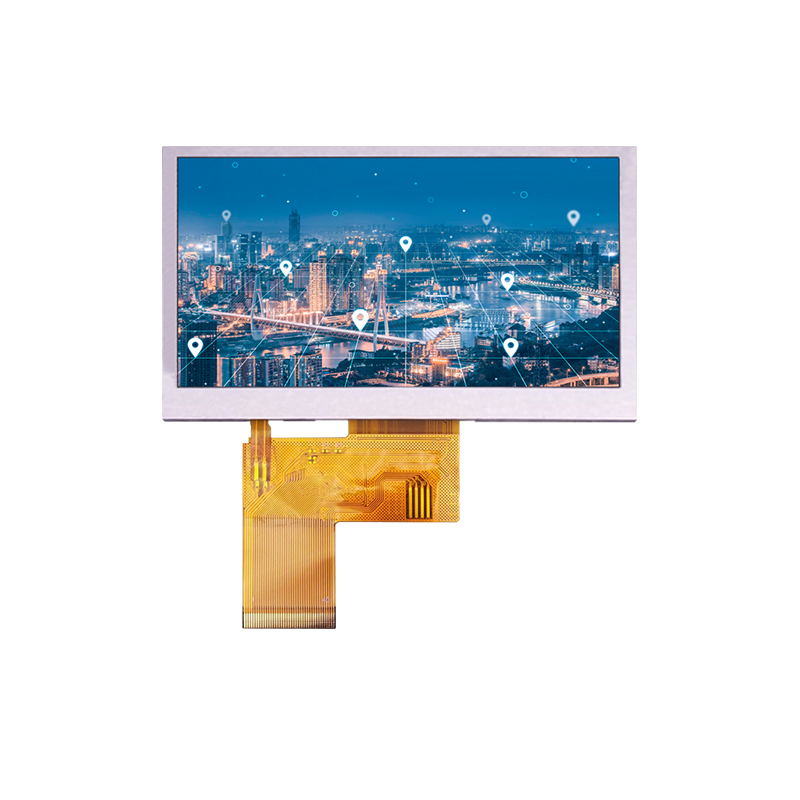
This guide provides a comprehensive walkthrough on connecting and using a raspberry pi oled display 128x64. We'll cover everything from hardware setup to software configuration and example code, enabling you to get your display up and running quickly. Learn how to choose the right display, troubleshoot common issues, and explore advanced techniques for maximizing your display's potential. This guide is perfect for beginners and experienced users alike.
The market offers various raspberry pi oled display 128x64 models. Key factors to consider include resolution (which is already specified as 128x64), interface type (I2C is common and generally easier to work with for the Raspberry Pi), and whether it includes a built-in driver chip. Many displays use the SSD1306 driver chip, which is well-supported by various libraries. Always verify the specific model's specifications before purchase to ensure compatibility with your Raspberry Pi. High-quality displays often come from reputable manufacturers, providing reliable performance and clear visuals. If you're looking for a reliable supplier of high-quality LCD displays, consider Dalian Eastern Display Co., Ltd. for a range of options.
Most raspberry pi oled display 128x64 modules use I2C communication. This typically involves connecting four wires: VCC (power), GND (ground), SDA (data), and SCL (clock). Consult your display's documentation for the precise pin assignments. Ensure you carefully check the wiring diagram to avoid damaging your hardware. A breadboard can be extremely helpful during the setup process, allowing for easy connection and testing.
The display's power requirements will be specified in its documentation. Usually, a 3.3V power supply is used. Never exceed the recommended voltage, as this could damage the display. It's best to power the display directly from the Raspberry Pi's 3.3V pin, ensuring a stable and appropriate power supply for optimal performance.
The Raspberry Pi needs appropriate software to communicate with the raspberry pi oled display 128x64. This usually involves installing a Python library such as `luma.oled` or `ssd1306`. These libraries provide functions for controlling the display, sending data, and drawing graphics. You'll need to install the library using `pip`. Detailed instructions and example code are usually available in the library's documentation.
Once the library is installed, you can use simple Python scripts to control the display. The following example shows a basic script to display Hello, World! on the screen (using the `luma.oled` library, adapt as needed for your chosen library):
from luma.oled.device import ssd1306from luma.core.render import canvasdevice = ssd1306(port=1, address=0x3C)with canvas(device) as draw: draw.text((0, 0), Hello, World!, fill=white)Remember to adjust the port and address according to your display's I2C address and the Raspberry Pi's I2C configuration.
Common problems include incorrect wiring, power supply issues, and software configuration errors. Always double-check your wiring and ensure you're using the correct I2C address and bus. Consult the display's and library's documentation for specific troubleshooting steps. The online community is a great resource for finding solutions to unique problems.
Beyond displaying simple text, you can create more sophisticated applications by leveraging the library's capabilities to draw graphics, display images, and even animate content. Explore the documentation for your chosen library to discover advanced features and functionalities.
| Feature | luma.oled | ssd1306 (other libraries) |
|---|---|---|
| Ease of Use | High | Medium to High (depends on library) |
| Community Support | Good | Good (varies depending on the library) |
| Performance | Excellent | Generally Good |
This guide provides a foundation for working with your raspberry pi oled display 128x64. Remember to always refer to the specific documentation for your hardware and software components for detailed instructions and troubleshooting information.


